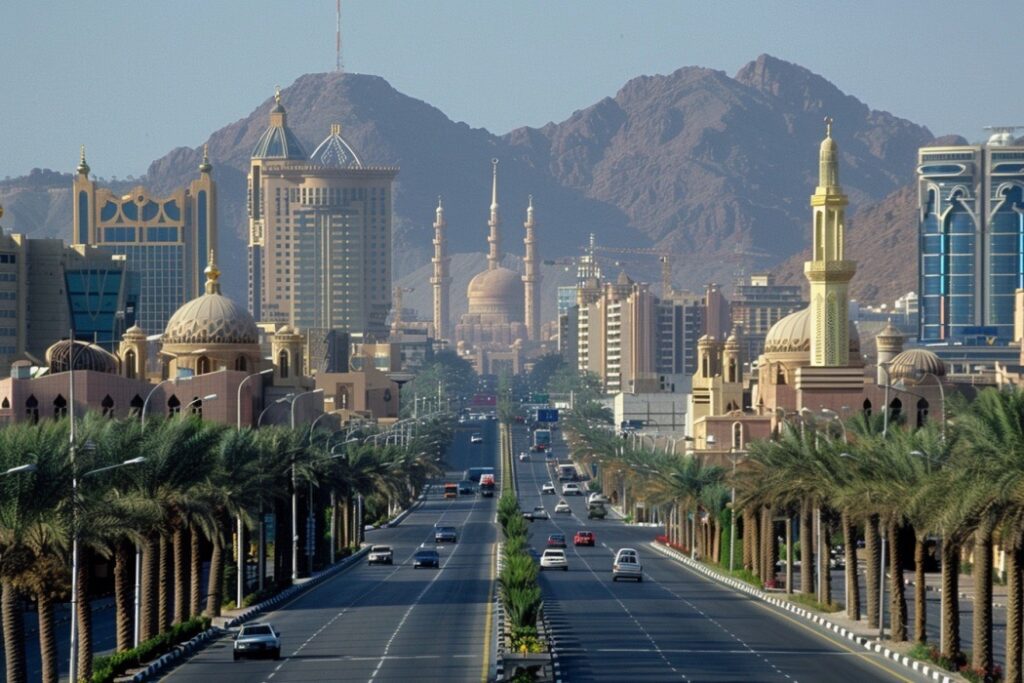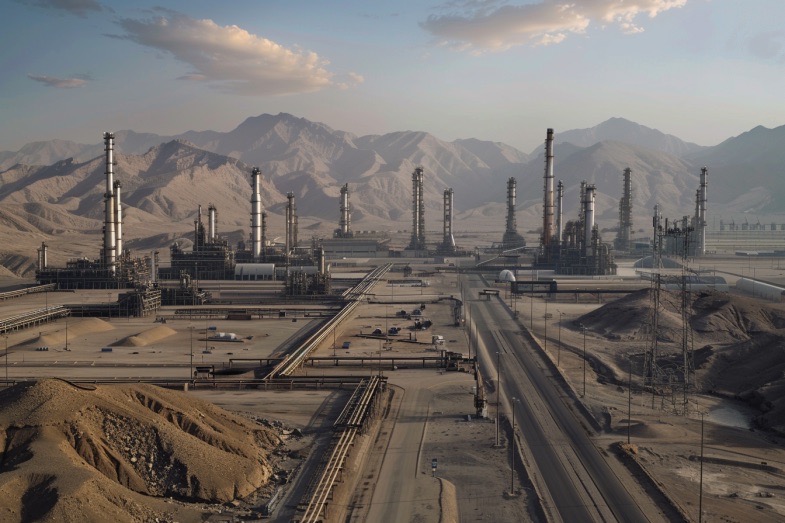Deluge in Mumbai: Chaos and Disruption
MUMBAI – The financial capital of India, Mumbai, is currently grappling with heavy rainfall that has thrown the city into chaos, disrupting the lives of millions of residents. The downpour has resulted in submerged roads, flight and train cancellations, and rescue operations for stranded individuals.
City Underwater
Waist-deep water has flooded many parts of Mumbai, with videos surfacing of residents swimming through waterlogged streets as garbage spews out from blocked sewers. The situation is dire, with nearly 600 people rescued from an overcrowded monorail system that abruptly halted mid-journey, leaving some individuals requiring medical attention for suffocation.
Evacuations and Shut Downs
Schools and colleges remain closed, and around 350 people have been evacuated from low-lying areas to temporary shelters. The Indian weather department has issued a red alert for Mumbai and its neighboring districts, warning of heavy rains to come. However, relief is expected later in the week.
Rainfall Records Broken
Monsoon rains are typical for Maharashtra state, where Mumbai is situated, at this time of year. But this season has brought record-breaking rains, with the city receiving 800mm of rainfall in just four days – well above the average for August. Tragically, at least 21 people have lost their lives in rain-related incidents.
Transportation Woes
Mumbai’s local trains, vital for commuters, have faced severe disruptions, leaving thousands stranded on platforms due to extensive delays. Flight operations at the city’s international airport have also been impacted, with 50 flights canceled in recent days.
Blame Game
Chaos ensued on Tuesday as an overcrowded monorail system stalled mid-track, prompting criticism from opposition lawmakers who accuse the government of inadequate preparation. Citizens have taken to social media to decry the city’s failing infrastructure and lack of planning.
Infrastructure Struggles
Mumbai, home to over 12 million people, has seen significant infrastructure improvements in recent years. However, experts note that investments in drainage systems and climate-resilient infrastructure have not kept pace with the city’s burgeoning population, leading to the current crisis.



